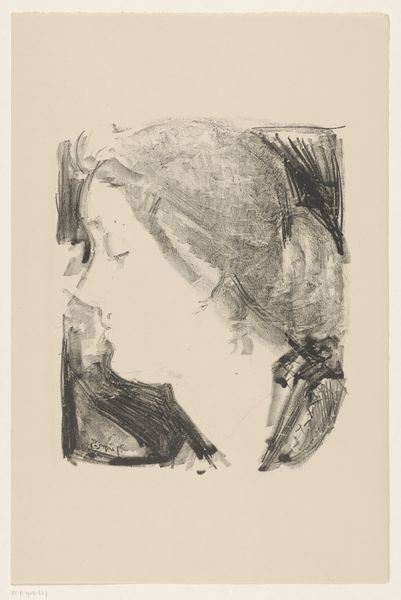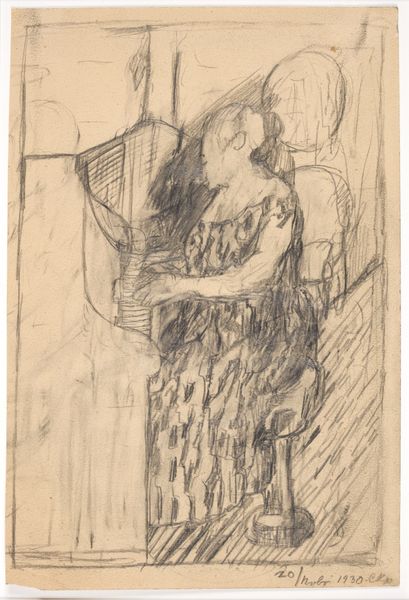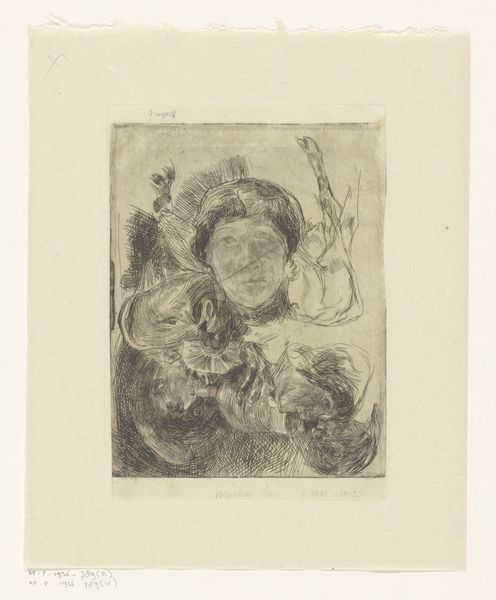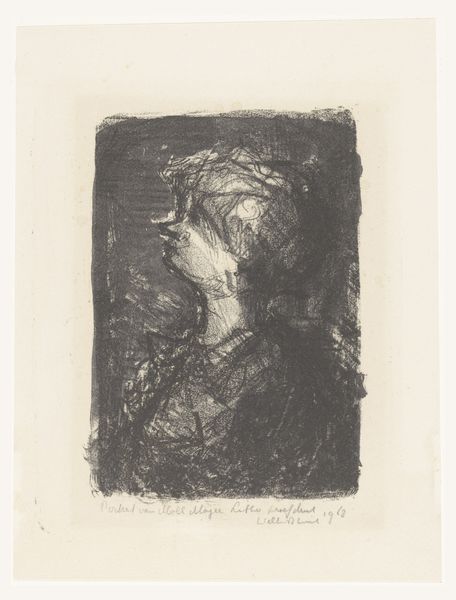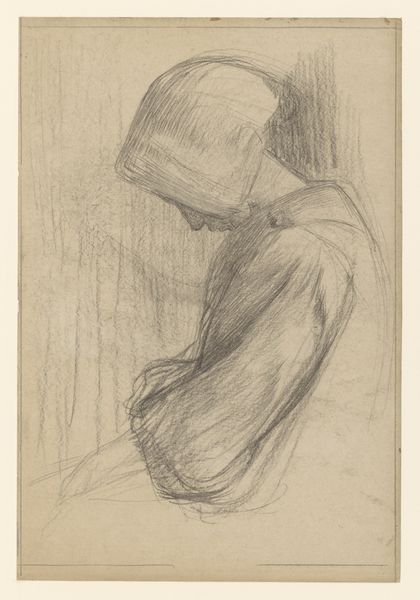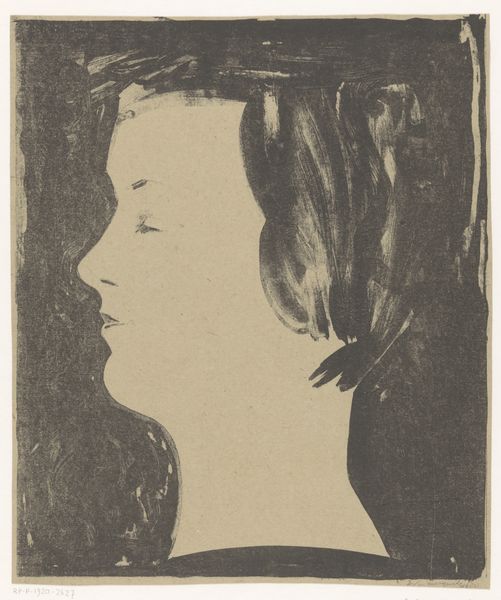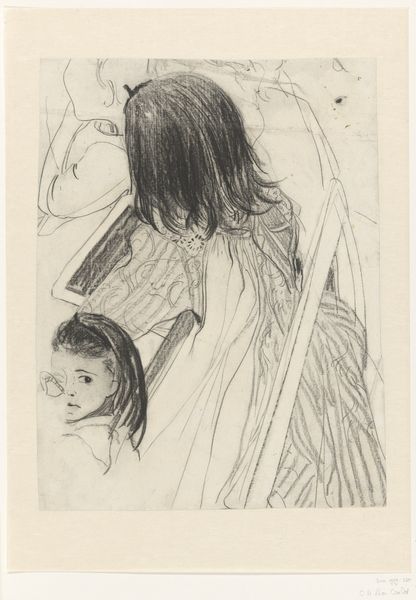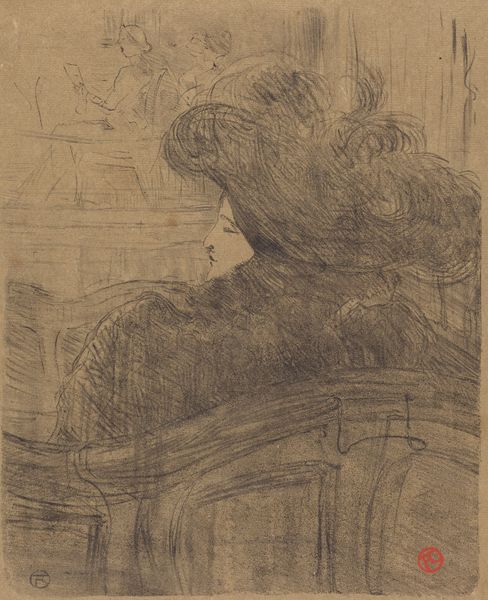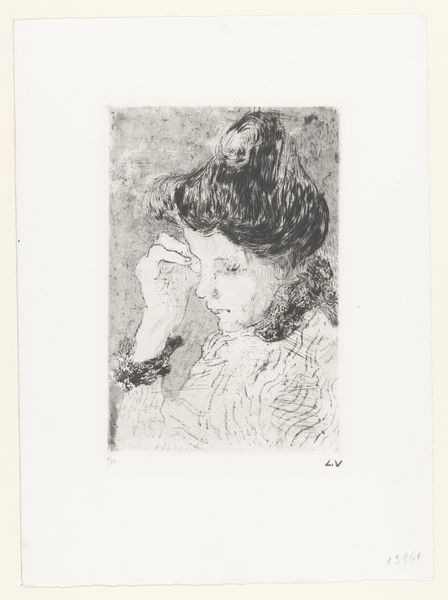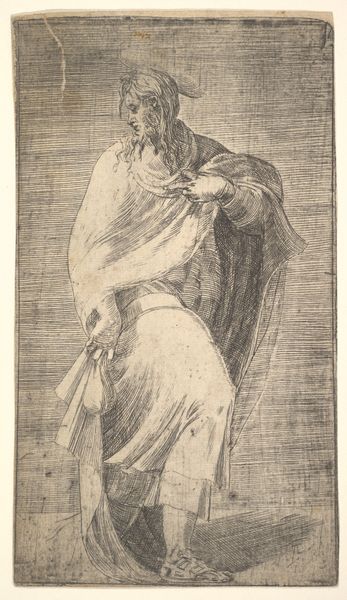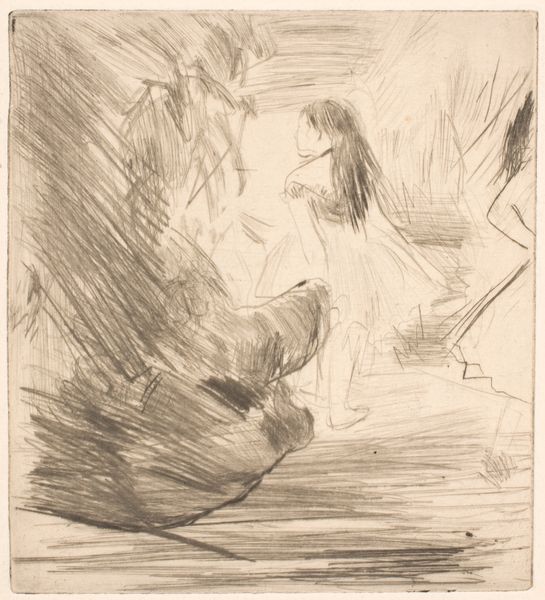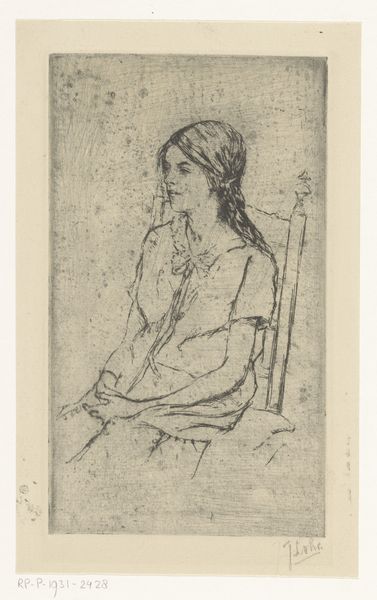
drawing, paper, pencil
#
portrait
#
drawing
#
figuration
#
paper
#
pencil
#
realism
Dimensions: height 365 mm, width 210 mm
Copyright: Rijks Museum: Open Domain
Curator: Here we have "Portrait of a Girl in Costume from Marken" by Carel Adolph Lion Cachet. This drawing, dating from between 1874 and 1945, resides here at the Rijksmuseum. Editor: It has this hushed, almost reverent quality. The monochromatic pencil work gives it a feeling of fragile preservation. The young girl's profile, her elaborate headdress… it feels very precious. Curator: Marken, as an isolated island community in the Netherlands, held a specific cultural significance, didn't it? This drawing is an interesting piece that captures the fashion of the women from Marken. Costume was, and still is, very specific to religious affiliations. Cachet seems keen to detail it carefully. Editor: Absolutely. It really brings forth the materiality. The costume must have taken ages to create. Think about the labor involved, the hours upon hours that women and children put into creating the distinctive costume—both through weaving or producing the raw materials, or assembling such exquisite garments, not unlike how drawing from pencil is material creation. Curator: True. This isn’t just a visual representation; it’s a socio-political statement about cultural identity at a very specific moment. The people from Marken were a well-known touristic attraction from Holland and beyond. The portrait, made using paper and pencil, makes me wonder about how the identity from the girl from Marken changed within the drawing being a valuable piece for the tourist industry. Editor: And I keep thinking of Cachet himself. Where was this made? A formal studio? What role did the pencil serve? Was it a convenient tool to portray "ordinary people", who became subjects by standing in front of an artist who uses new and relatively cheap material? Was that meant as something revolutionary, compared to old masters who portrayed upper class people using much more expensive material and techniques? Curator: It does invite us to reconsider art’s traditional hierarchies and functions, doesn't it? This drawing has brought so many details to the fore! Editor: Indeed. The beauty is only the start. Understanding the social factors in material history just add layers of significance.
Comments
No comments
Be the first to comment and join the conversation on the ultimate creative platform.
